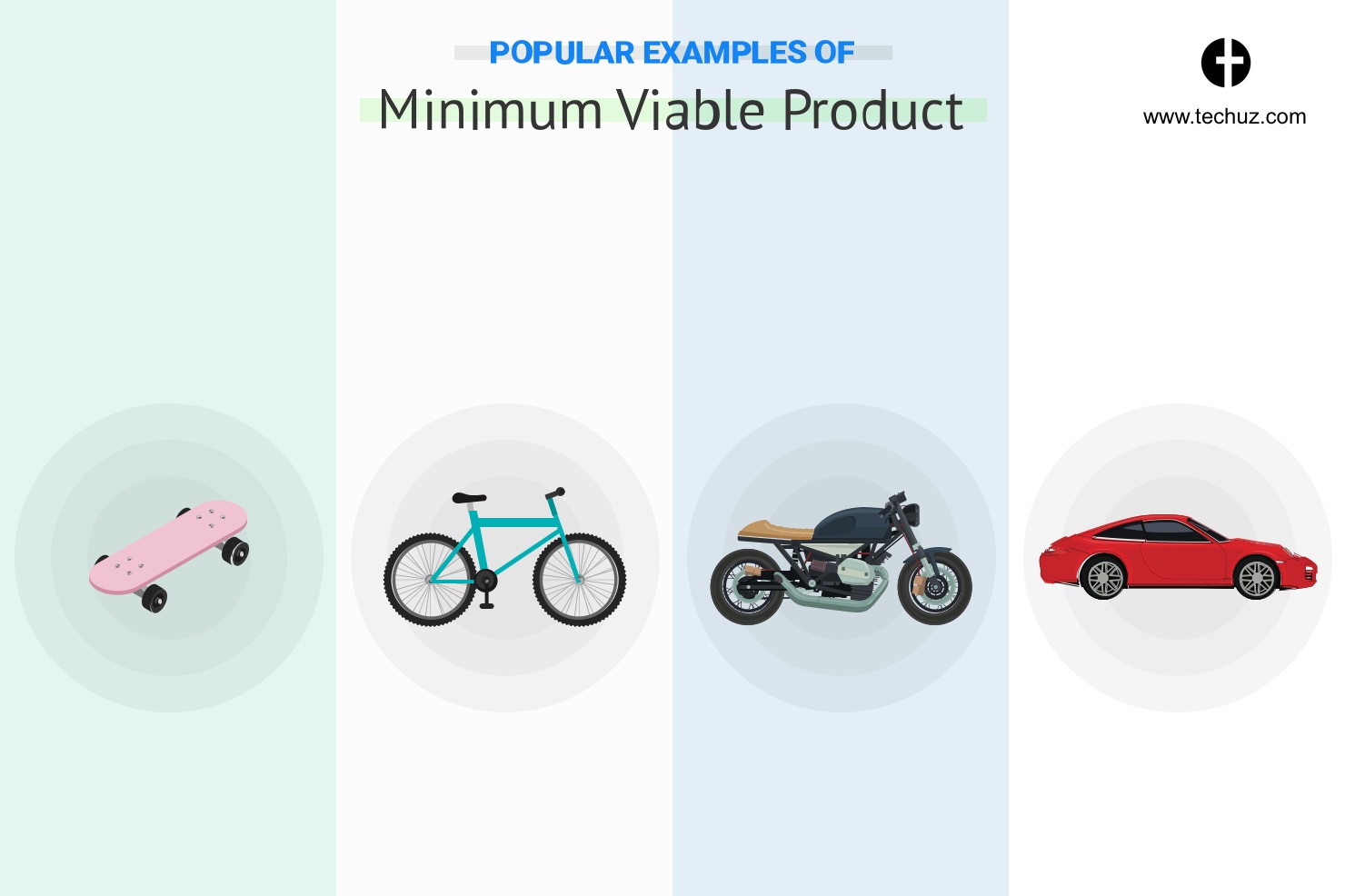Posted on
March 30, 2020
Updated on
March 26, 2024
Read time
 12 mins read
12 mins read
Quick Summary: MVP is a tool that validates your idea, minimizes the risks and above all gives you the right direction for product development. Several startups have successfully nailed down their idea and are grown into huge companies using MVP. In this article, we’ll discuss the popular minimum viable product examples that you can apply to your business idea.
We answer all these questions and more in this blog:
The year was 1999. Paranoids believed the Y2K bug would bring doomsday, and the movie ‘The Matrix’ depicting a future where technology takes over humanity was set to release. This was the year when everything related to technology seemed dystopian.
But amidst all sinister speculations, a guy named Nick Swinmurn came up with a unique idea. An idea to utilize technology as never before — selling shoes online.
Of course, the world didn’t end. Billions of dollars were spent worldwide on Y2K software upgrades. The Matrix became one of the best sci-fi movies of all time (we love you, Keanu Reeves). And Nick’s idea eventually transformed into a successful e-commerce store Zappos. Today it is a billion-dollar e-commerce platform, an epitome of lean startup philosophy and a perfect minimum viable product example.
In this article, we’ll go through such startups that began small, validated their idea with MVP, and eventually thrived into a huge company. We’ll discuss some popular types and examples of MVP such as:
1. Landing Page MVP
2. Explanatory Video MVP
3. Crowdfunding MVP
4. Wizard of Oz MVP
5. Concierge MVP
6. Piecemeal MVP
7. Single Feature MVP
But first, let’s quickly go through what exactly a minimum viable product means.
Defining Minimum Viable Product
MVP is the concept that helps you gauge the user’s reaction about your idea, learn from their feedback and use it to develop a product that users love.
Here’s how Eric Ries, the author of The Lean Startup, defines MVP:
“The minimum viable product is that version of a new product which allows a team to collect the maximum amount of validated learning about customers with the least effort.”
Breaking down the term Minimum Viable Product you get three things that make it easier to understand the concept.
- Minimum – Just basic necessary features — the core idea of the product.
- Viable – These basic features must fulfill or help you understand the needs of the users.
- Product – Something that enables users to share their feedback for future development.
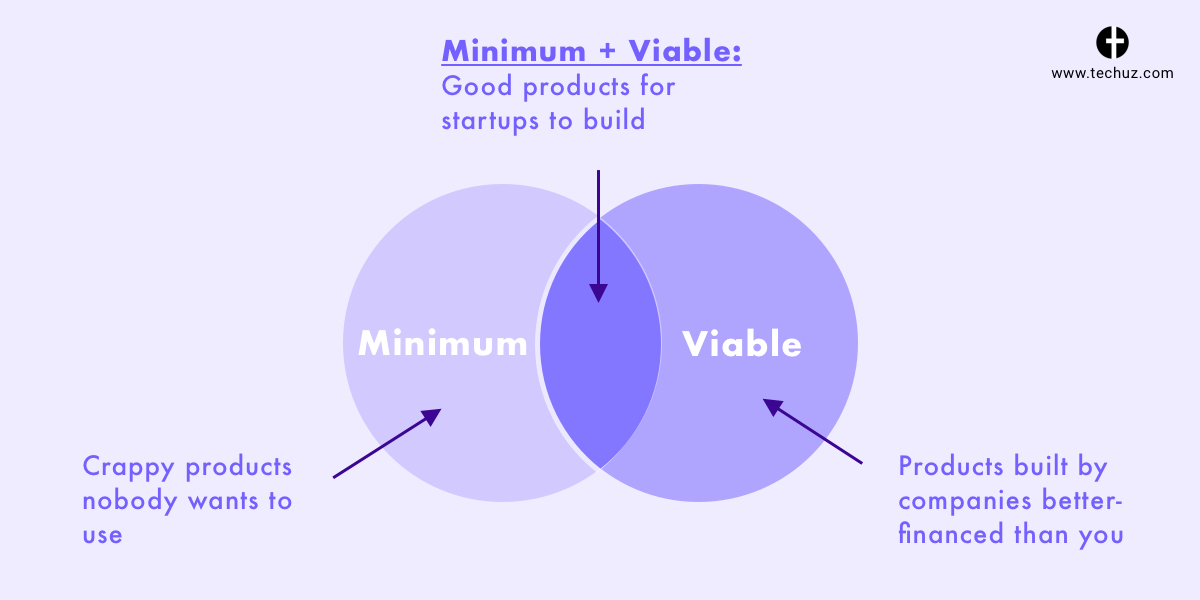
Popular Minimum Viable Product Examples
1. Landing Page MVP Example
Landing pages are easy to create, require less effort, and provides you with gems of data to validate your idea.
Building a Landing Page MVP is quite simple. All you need to do is create a single web page that informs about your product, its features and benefits, its value proposition and promotes it. The activities of the users on the page and the statistics would serve as the data you need to create your product.
This minimum viable product example gauges the user’s interest in your product, gathers necessary feedback from the early adopters and builds a user base way before you invest in creating the product.
Buffer, a social media marketing and scheduling tool have successfully used this MVP. Joel Gascoigne, co-founder and CEO of Buffer, says in one of his articles: “It was a tiny idea. I wanted to take the scheduling feature of many Twitter clients and apps and make that single feature awesome. I believed that a single feature was worthy of its own application.”
And so he created a simple landing page explaining the product and signup form for the launch notification. This is what it looked like.
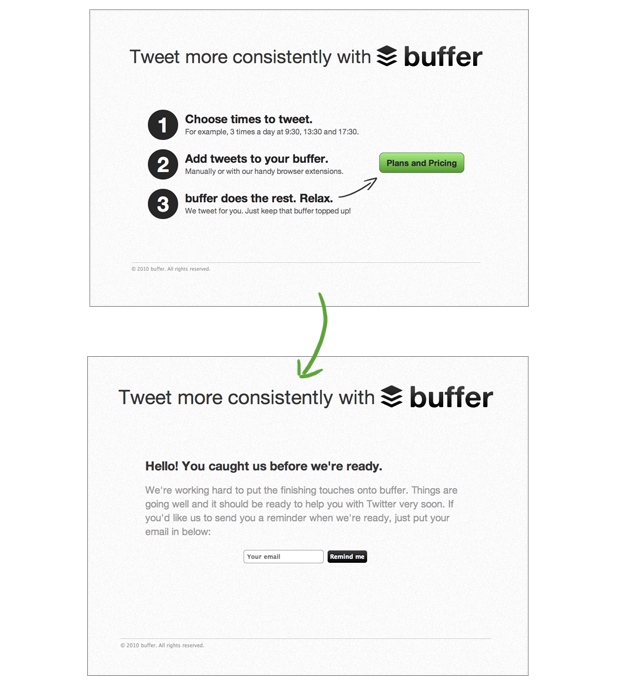
(Buffer’s Landing Page MVP)
He even further added a page to understand if people were willing to pay for his product.
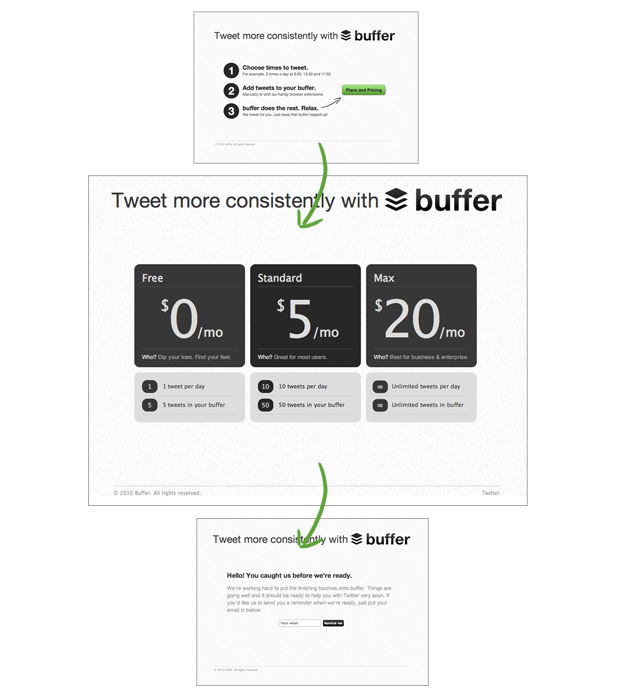
(Buffer’s Landing Page MVP with pricing)
Joel was successful in validating the concept, understanding what people thought about it and even find out if would they are willing to pay for the product. With all those data on hand, Buffer was all set for the development and launch with limited features. Within the first 9 months, it successfully acquired 100,00 users — all starting with just a landing page.
2. Explanatory Video MVP Example
An explanatory video is another type of smoke test MVP similar to the landing page. But instead of textual information about the product, you can make a demo video explaining how the product will solve the user’s problem.
Dropbox, the cloud storage and file synchronization tool used this MVP and thus it is also known as Dropbox MVP. Even Eric Ries, in his book Lean Startup, has dedicated a separate section for this unique minimum viable product example.
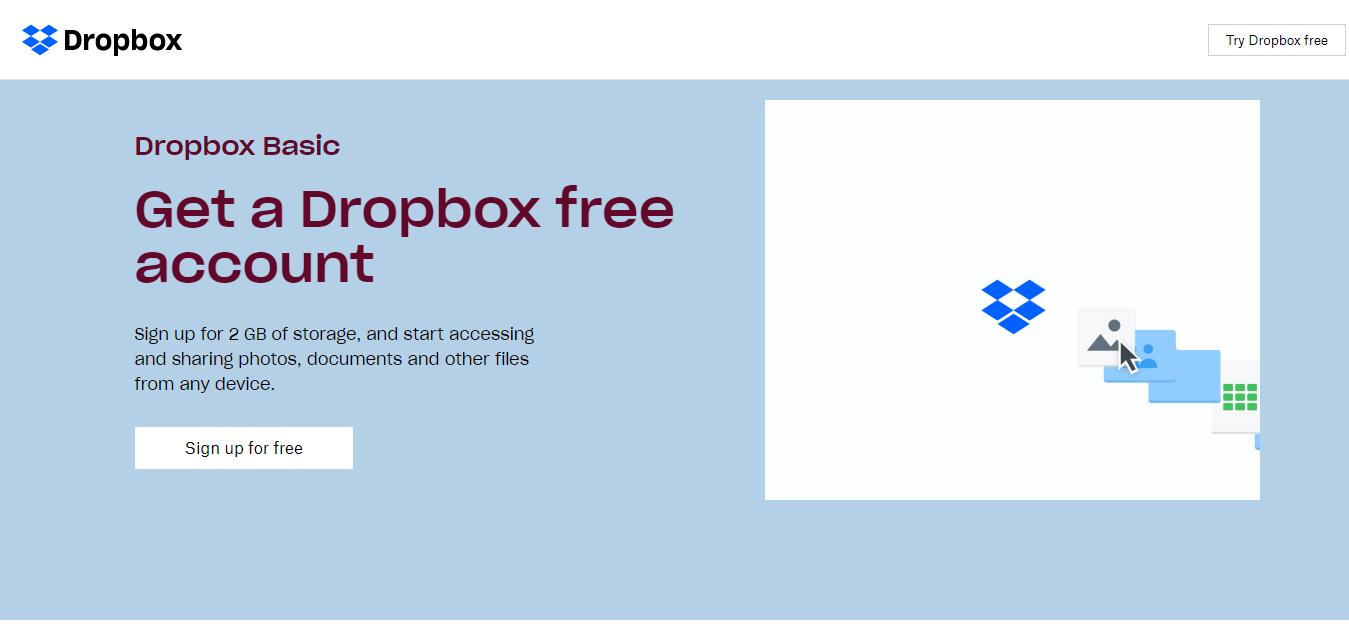
While the idea of Dropbox was groundbreaking and they even had a capable technical team to execute it — file synchronization and personal cloud storage was not a norm during those days. Storing and sharing personal data on the cloud seemed like a leap-of-faith. The team wanted to validate if people would really give a try to the new product.
So Drew Houston, CEO and co-founder of Dropbox, created a 3-minute demo video that walked through the main features and use cases of the software. He added a waiting list form and released it on Hacker News. The results? Overnight the waiting list grew from 5000 to 75,000.
(Dropbox’s Demo Video MVP)
Dropbox MVP was simple but it hit the nerves of the people. It validated the hypothesis — people face the file sync problem and Dropbox was the solution.
3. Crowdfunding Minimum Viable Product Example
Sell before you built is the concept that underlies this minimum viable product example.
Though selling a product or service that doesn’t exist yet may sound like a myth, it has been proven massively successful for a number of products.
Pebble is the best example of this MVP. If you are a consumer tech enthusiast and love the counterpart of your smartphones on your wrist — the smartwatches, you already know Pebble was the trailblazer in the industry.
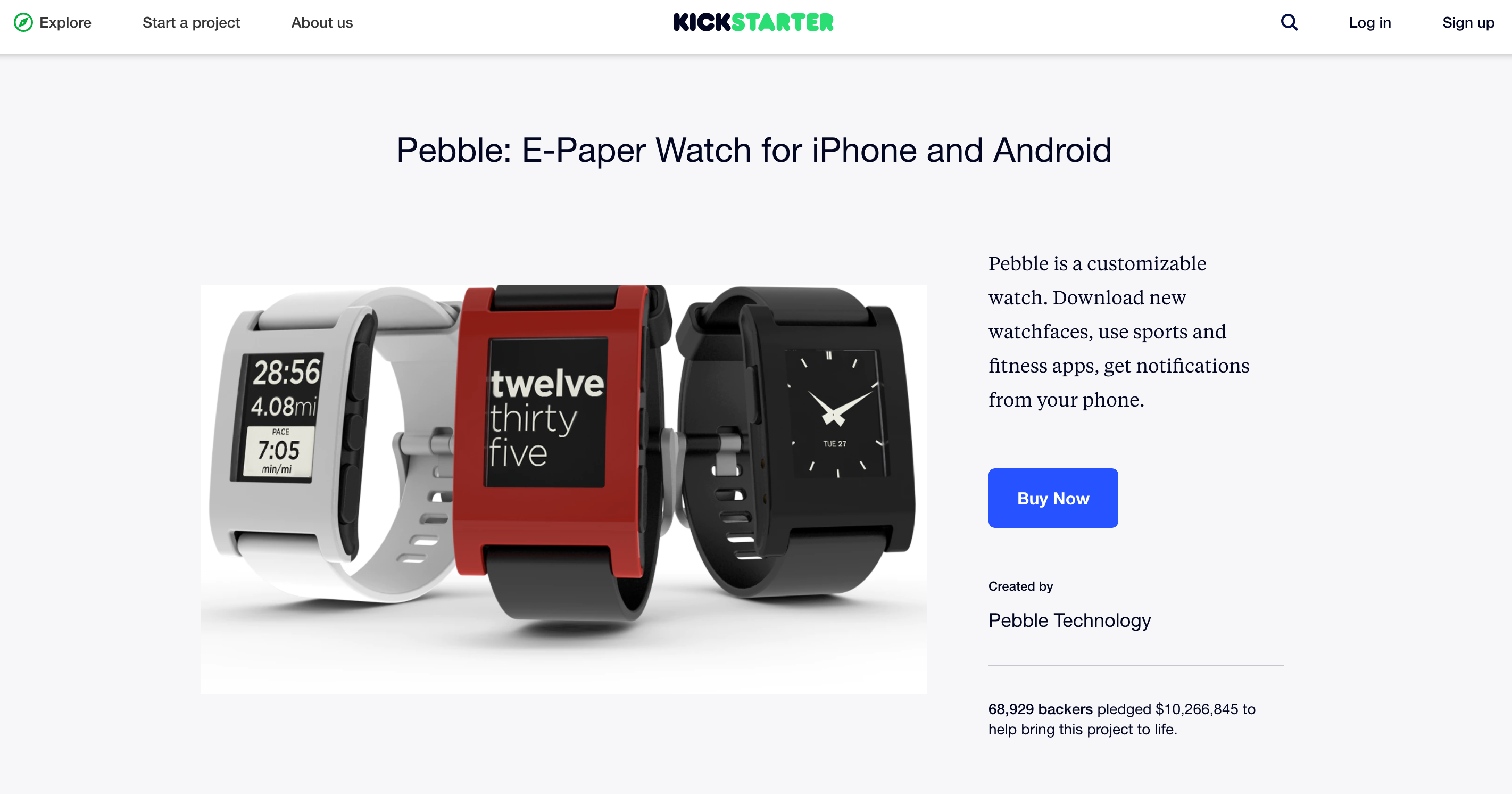
(Pebble’s Crowdfunding MVP on Kickstarter)
In April 2012, Pebble debuted its crowdfunding campaign on kick starter and took the world by storm raising $1 million in just 28 hours. It not only successfully validated its idea but also raised funds without any venture capital and handing over the equity to its investors.
4. Wizard of Oz MVP Example
The quirky name goes very well with this MVP example. Remember the OZ a.k.a the wizard from The Wizard of OZ? The one who pretends to be a wizard but turns out to be an old man — a human. The concept of Wizard of OZ MVP is quite the same.
This minimum viable product example creates an illusion of an actual product. It looks completely functional and automated from outside but things are operated manually by humans. The intent here is to provide a value proposition and test the hypothesis with no or minimal use of technology. Thus, it helps you to verify the demand of your solution before you spend thousands to build a fully functional product.
Remember the example of Zappos we discussed earlier? The type of MVP Nick Swinmurn used is the classic example of the Wizard of OZ MVP.
He wanted to test his hypothesis — whether people would buy shoes online without trying them as this was not a common practice. So instead of investing in developing a platform and building an inventory of shoes, he took a smarter approach.
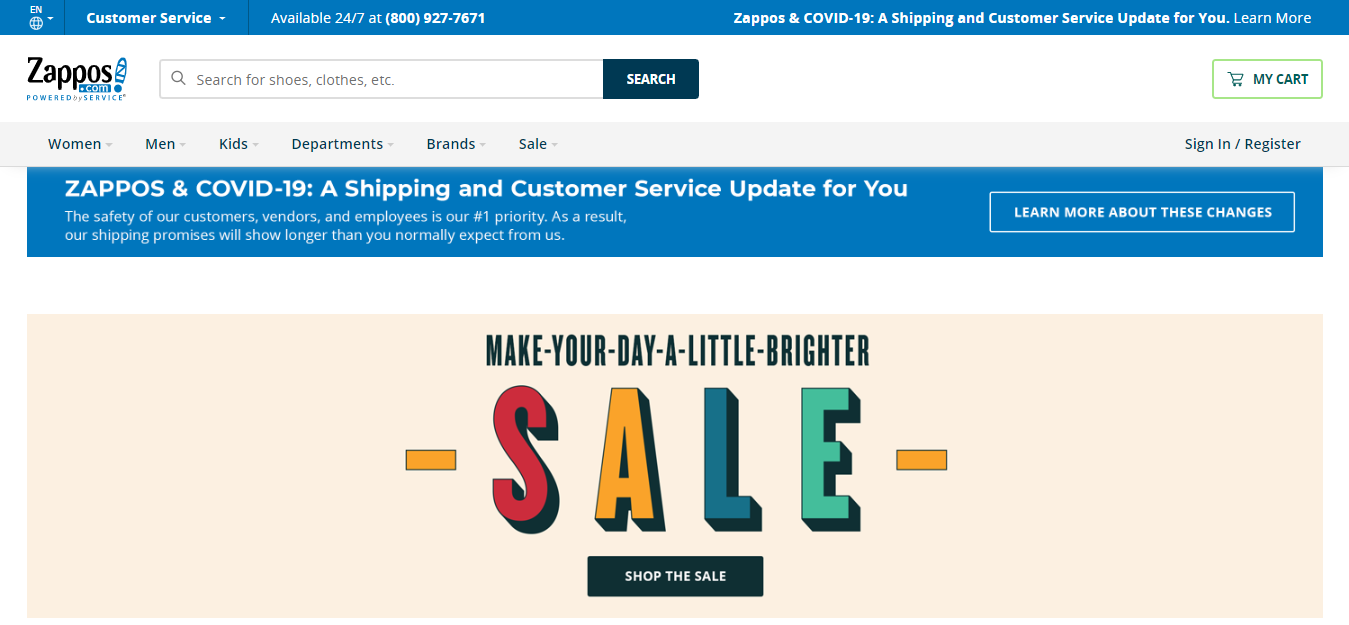
He photographed the shoes from the local store and put them on sale online. When the customer ordered it he would go to the store, buy it and get it delivered to the customer. The customers had no idea that Nick did not have an inventory of shoes and everything is done manually. Just like OZ in The Wizard of OZ.
Zappos was acquired by Amazon for $880 million and is a billion dollars company these days.
5. Concierge Minimum Viable Product Example
Concierge MVP is similar to the Wizards of OZ MVP. The concept here is quite the same — validate your idea with minimal or no engineering by replacing technology with humans.
Forget the automated features you envisioned for your product and replace it with humans doing it manually. That’s Concierge MVP.
This saves you a lot of time and funds used in building the product and at the same time will connect you with the early adopters — your early customers. Moreover, you can understand your customers and needs in a better way and get the answer to your question of whether people really need your product.
Of course, manual services won’t be feasible in the long run when you have a large customer base but now you just need to collect data to validate your idea, make changes or even pivot your concept.
Food on the Table is a notable example of this minimum viable product. It is a grocery shopping service offering the best discounts and food recipes based on the user’s preference. Initially, the founder of the app, Manuel Rosso, did everything manually. He searched for the users, interviewed them to understand their taste, food choice and budget. And then manually selected recipes, grocery list and even scrounged the best discounts available.
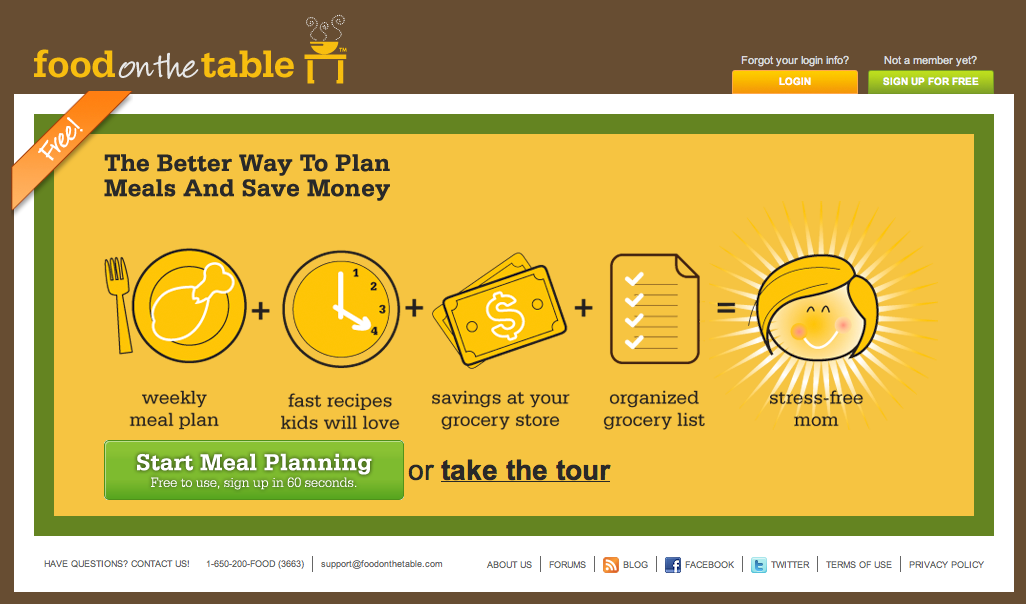
The MVP was successful in validating the hypothesis and was later acquired by the lifestyle media giant Food Network.
6. Piecemeal Minimum Viable Product Example
Piecemeal MVP uses existing tools and services, combines them together to support the necessary features and functionalities of the product. Thus you can introduce your product in the market to get feedback and validate idea with no or minimal investment.
Groupon is an ideal Piecemeal Minimum Viable Product example. At present, it is the largest digital coupon provider offering exclusive deals from local retailers, agencies, restaurants, grocers, etc. to over 43 million users. But even it had a humble beginning. Andrew Manson, founder of Groupon started it with a simple WordPress site to post deals. He explains:
“All we did was we took a WordPress Blog and we skimmed it to say Groupon and then every day we would do a new post with the points embedded. It was totally ghetto. We would sell t-shirts on the first version of Groupon. We’d say in the right up, ‘This t-shirt will come in the colour red, size large. If you want a different colour or size, email that to us.”
Once the users bought the deals they would generate PDF using FileMaker and send it to the clients via Apple Mail to automate the email delivery.
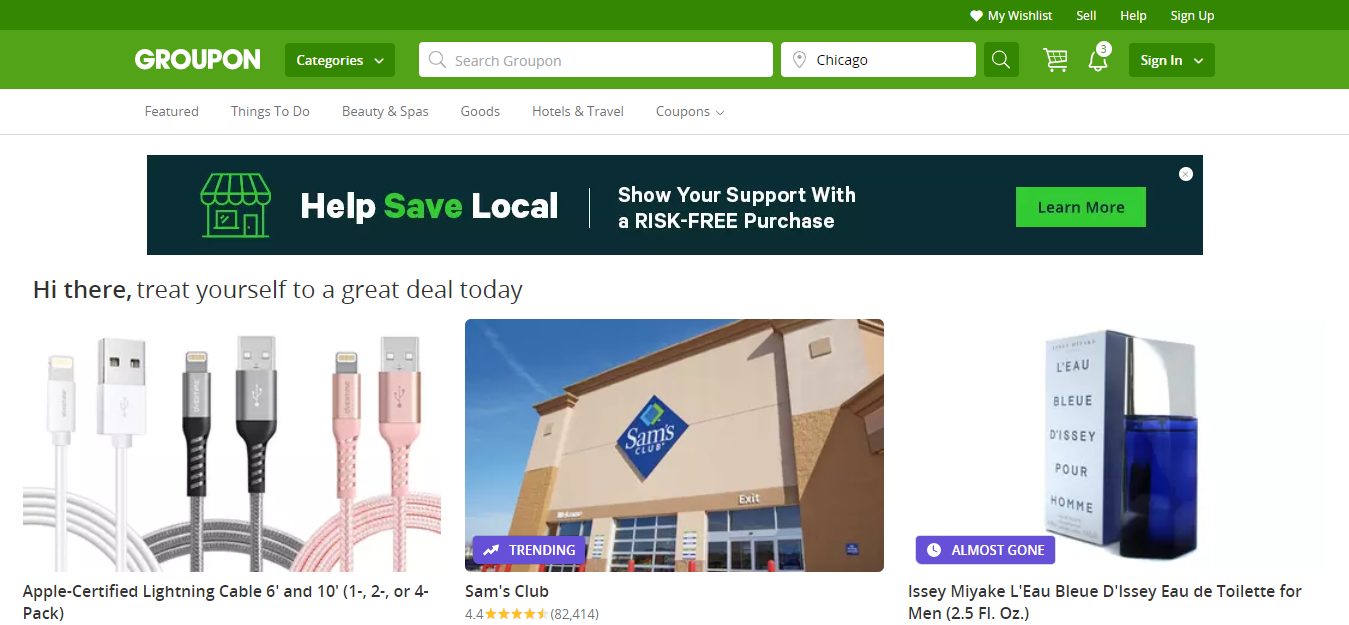
These pieces of services put together in a product were enough to test the waters. It helped them collect data — people were very interested in getting deals, discounts and bargain — without developing complicated systems and backend logic for their product.
7. Single Feature MVP
Single Feature MVP is when you develop your actual product and sell it to your target audience.
Though the term hints developing “one single’ feature for the MVP, it doesn’t necessarily mean that.
Single Feature MVPs are those that focus on solving one core problem of the user. And to do so, you may need more than one feature in your MVP.
To put it simply — keep ‘must-have’ and eliminate ‘nice to have’ features.
While planning the core features to build your product consider the following things:
- Unique Selling Point that offers users value and differentiates you from your competitors.
- Start with one USP.
- Focus on serving a specific audience segment.
- Queue the other features for later development.
There are numerous examples of Single Featured MVP — Facebook, Dropbox, Google Four Square and many more.
Back in 2004 Facebook was launched as “thefacebook.com” with features that allowed students from Harvard to send messages and post updates. It didn’t have the timeline, news feeds or any integrated apps. Just the basic minimal features targeting one audience segment — students. It gradually gained popularity and added features based on the feedback received over time. And the rest is history.
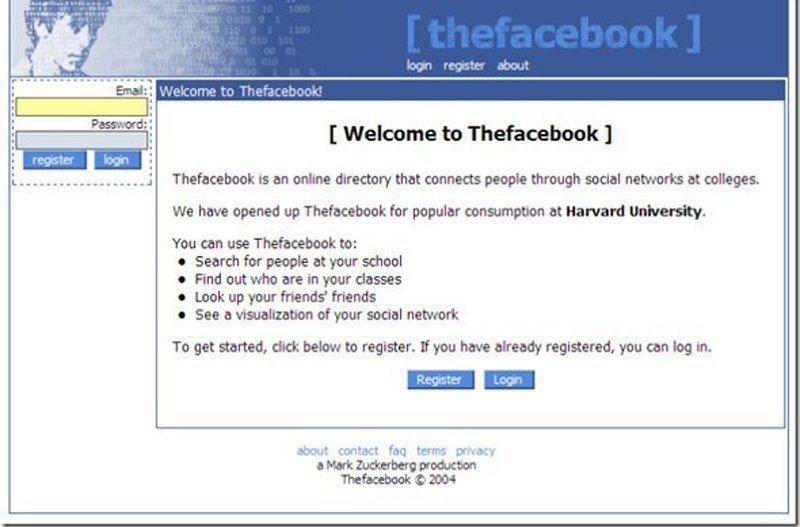
(Facebook’s (then known as TheFaceBook) Single-Feature MVP)
Wrapping Up — Choosing The Right Minimum Viable Product Example For Your Startup
Now you have an idea of the key MVP examples that you can use for your idea. If you are still unsure which MVP will work for you, understand what purpose you want to fulfil.
As per the popular approach minimum viable product can serve two purposes:
- To generate new ideas
- To test the hypothesis
Concierge MVP enables personal interaction with individual customers. This gives you a better scope to understand the needs and come up with better ways to serve them. This interaction with customers individually can help you to have a clear vision of your product or services.
While if you already have a clear picture of your idea and want to test your hypothesis the remaining ones would fit your needs. Go for Landing Page MVP, Demo Video or Crowdfunding MVP to gauge the reaction of the market about your vision. And if you want to get people’s feedback about the working of your product, Single Feature MVP, Piecemeal or Wizards of OZ MVP would work for you.
No matter what MVP you choose the idea is to gather market feedback and utilize it to develop something that your users want — rather than just imposing your vision. Hope you have benefited reading it and in case you need any design and development assistance for your MVP, feel free to drop us a line.
